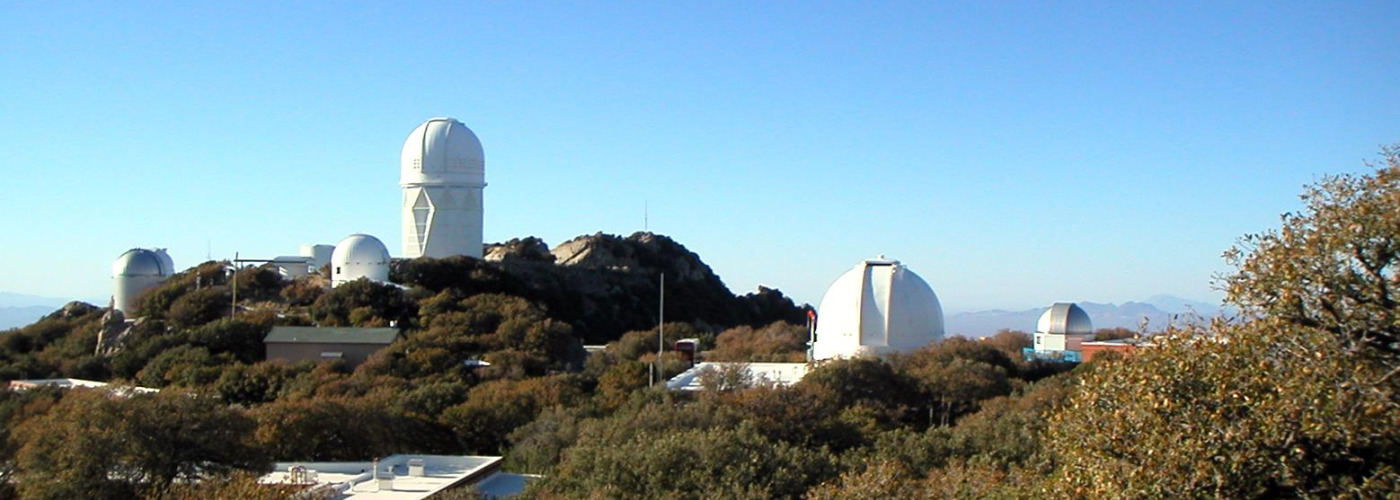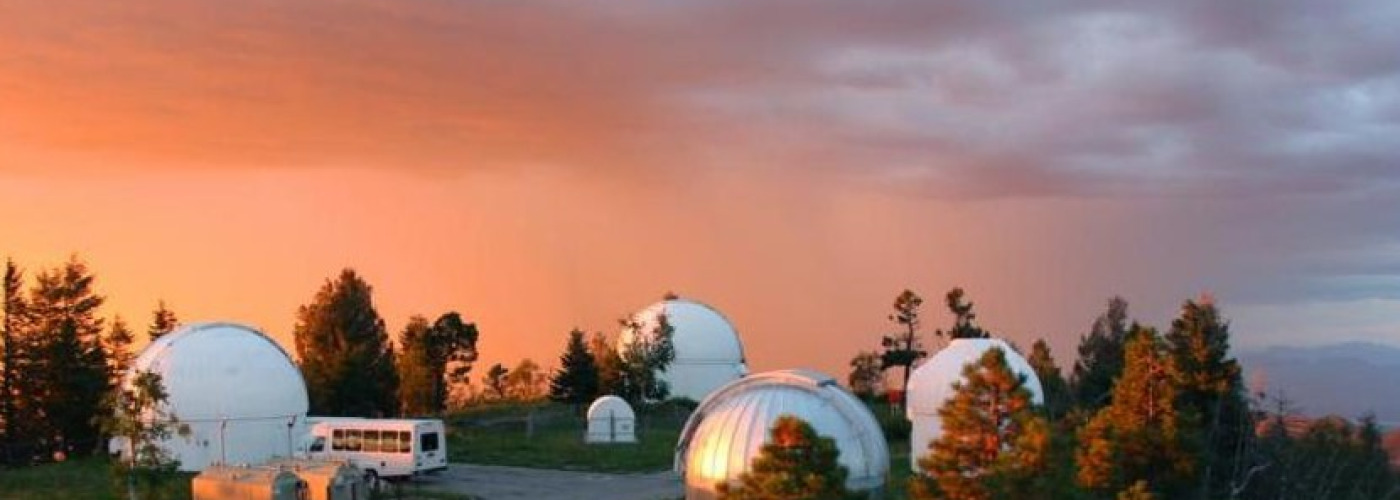Where Stars and Planets Are Born
Yancy Shirley
Associate Professor, UA Astronomy
Associate Astronomer, Steward Observatory
Areas of Interest: Galactic Astronomy, Star Formation, Extragalactic Astronomy, Astrochemistry, Astrobiology
Dr. Shirley works on a variety of projects studying low-mass and high-mass star formation, the interstellar medium, and chemical evolution within our galaxy and nearby galaxies by combining observations with radiative transfer modeling. He specializes in radio and infrared imaging and spectroscopy utilizing single-dish radio telescopes, interferometers, and space-based observatories.
If any information is out of date or missing please contact us.
| Presentation | Comments |
|---|---|
| Where Stars and Planets Are Born | Topic: Astronomy Projector needed for laptop |
The Searches for Life on Mars
Tim Swindle
Director, Lunar and Planetary Laboratory
Department Head, Planetary Sciences
Professor, Lunar and Planetary Laboratory
Professor, Planetary Sciences
Professor, Geosciences
Dr. Swindle uses measurements of the noble gases in extraterrestrial materials (lunar samples and meteorites) to study the evolution of the solar system.
His research projects include using 40Ar-39Ar dating to determine the timing of impact events on the Moon and on asteroids, and studying Martian meteorites to understand the history of the Martian atmosphere and its interaction with surface materials. Past research projects have included using I-129, and its decay product Xe-129, to study the timing of the formation of the earliest solids in the solar nebula, and working on developing techniques to use instruments on spacecraft to measure ages of planetary surfaces in situ.
If any information is out of date or missing please contact us.
| Presentation | Comments |
|---|---|
| Meteorites: Rocks from Space | Topic: Astronomy or Earth Sciences Grades 3 and up; 1 month advance notice; screen needed |
| Working (and Living) in Antarctica | Topic: Geography, Earth Science Grades 3 and up; 1 month advance notice; screen needed |
| The Searches for Life on Mars | 1 month advance notice; screen needed |
1 month advance notice; screen needed
Working (and Living) in Antarctica
Tim Swindle
Director, Lunar and Planetary Laboratory
Department Head, Planetary Sciences
Professor, Lunar and Planetary Laboratory
Professor, Planetary Sciences
Professor, Geosciences
Dr. Swindle uses measurements of the noble gases in extraterrestrial materials (lunar samples and meteorites) to study the evolution of the solar system.
His research projects include using 40Ar-39Ar dating to determine the timing of impact events on the Moon and on asteroids, and studying Martian meteorites to understand the history of the Martian atmosphere and its interaction with surface materials. Past research projects have included using I-129, and its decay product Xe-129, to study the timing of the formation of the earliest solids in the solar nebula, and working on developing techniques to use instruments on spacecraft to measure ages of planetary surfaces in situ.
If any information is out of date or missing please contact us.
| Presentation | Comments |
|---|---|
| Meteorites: Rocks from Space | Topic: Astronomy or Earth Sciences Grades 3 and up; 1 month advance notice; screen needed |
| Working (and Living) in Antarctica | Topic: Geography, Earth Science Grades 3 and up; 1 month advance notice; screen needed |
| The Searches for Life on Mars | 1 month advance notice; screen needed |
Topic: Geography, Earth Science
Grades 3 and up; 1 month advance notice; screen needed
Meteorites: Rocks from Space
Tim Swindle
Director, Lunar and Planetary Laboratory
Department Head, Planetary Sciences
Professor, Lunar and Planetary Laboratory
Professor, Planetary Sciences
Professor, Geosciences
Dr. Swindle uses measurements of the noble gases in extraterrestrial materials (lunar samples and meteorites) to study the evolution of the solar system.
His research projects include using 40Ar-39Ar dating to determine the timing of impact events on the Moon and on asteroids, and studying Martian meteorites to understand the history of the Martian atmosphere and its interaction with surface materials. Past research projects have included using I-129, and its decay product Xe-129, to study the timing of the formation of the earliest solids in the solar nebula, and working on developing techniques to use instruments on spacecraft to measure ages of planetary surfaces in situ.
If any information is out of date or missing please contact us.
| Presentation | Comments |
|---|---|
| Meteorites: Rocks from Space | Topic: Astronomy or Earth Sciences Grades 3 and up; 1 month advance notice; screen needed |
| Working (and Living) in Antarctica | Topic: Geography, Earth Science Grades 3 and up; 1 month advance notice; screen needed |
| The Searches for Life on Mars | 1 month advance notice; screen needed |
Topic: Astronomy or Earth Sciences
Grades 3 and up; 1 month advance notice; screen needed
Pagination
- First page
- …
- 46
- 47
- 48
- …
- Last page








Topic: Astronomy
Projector needed for laptop